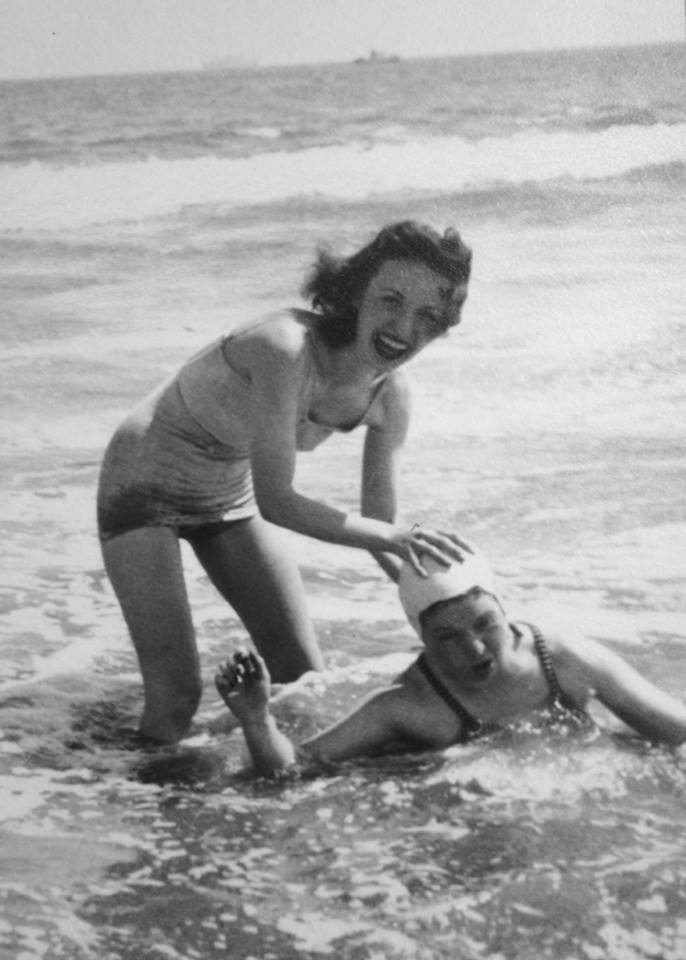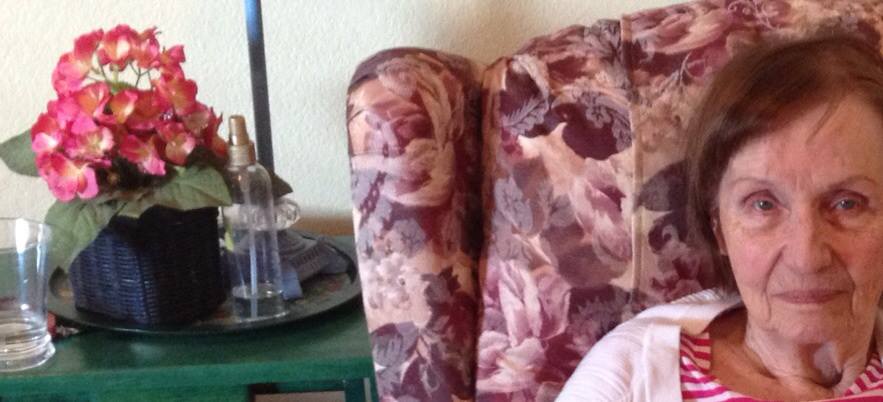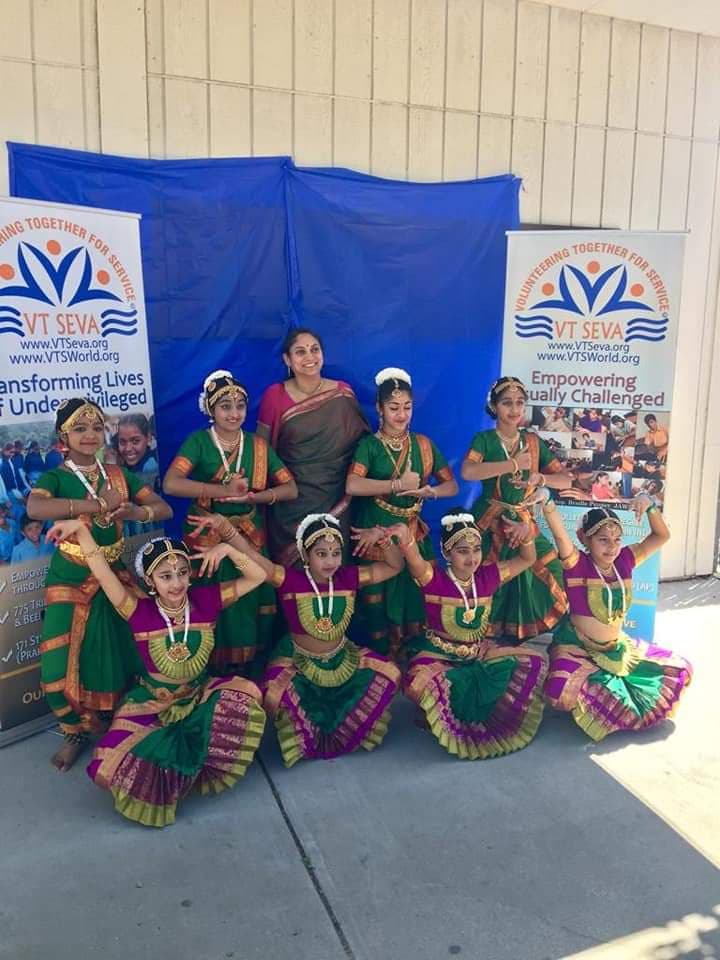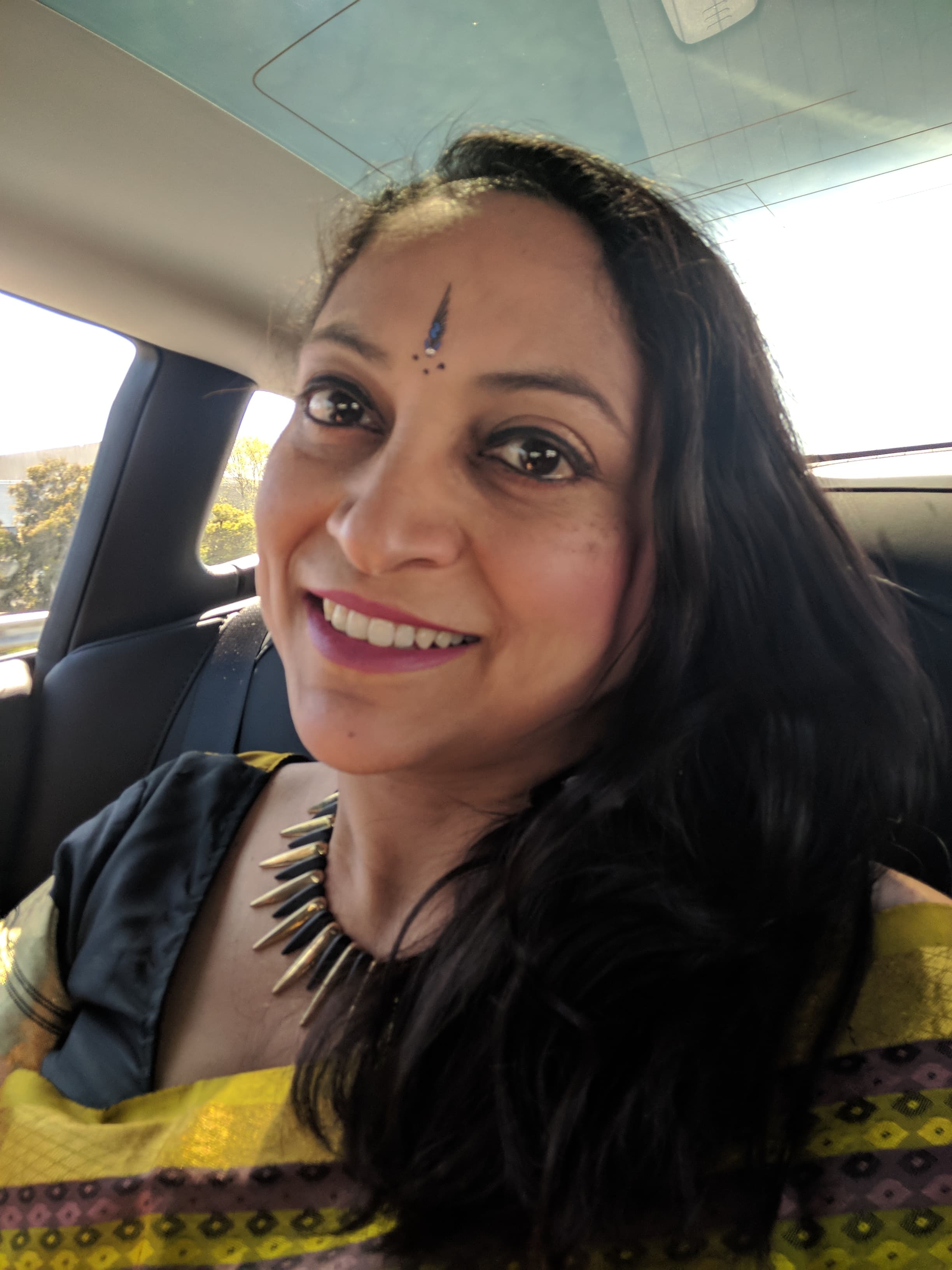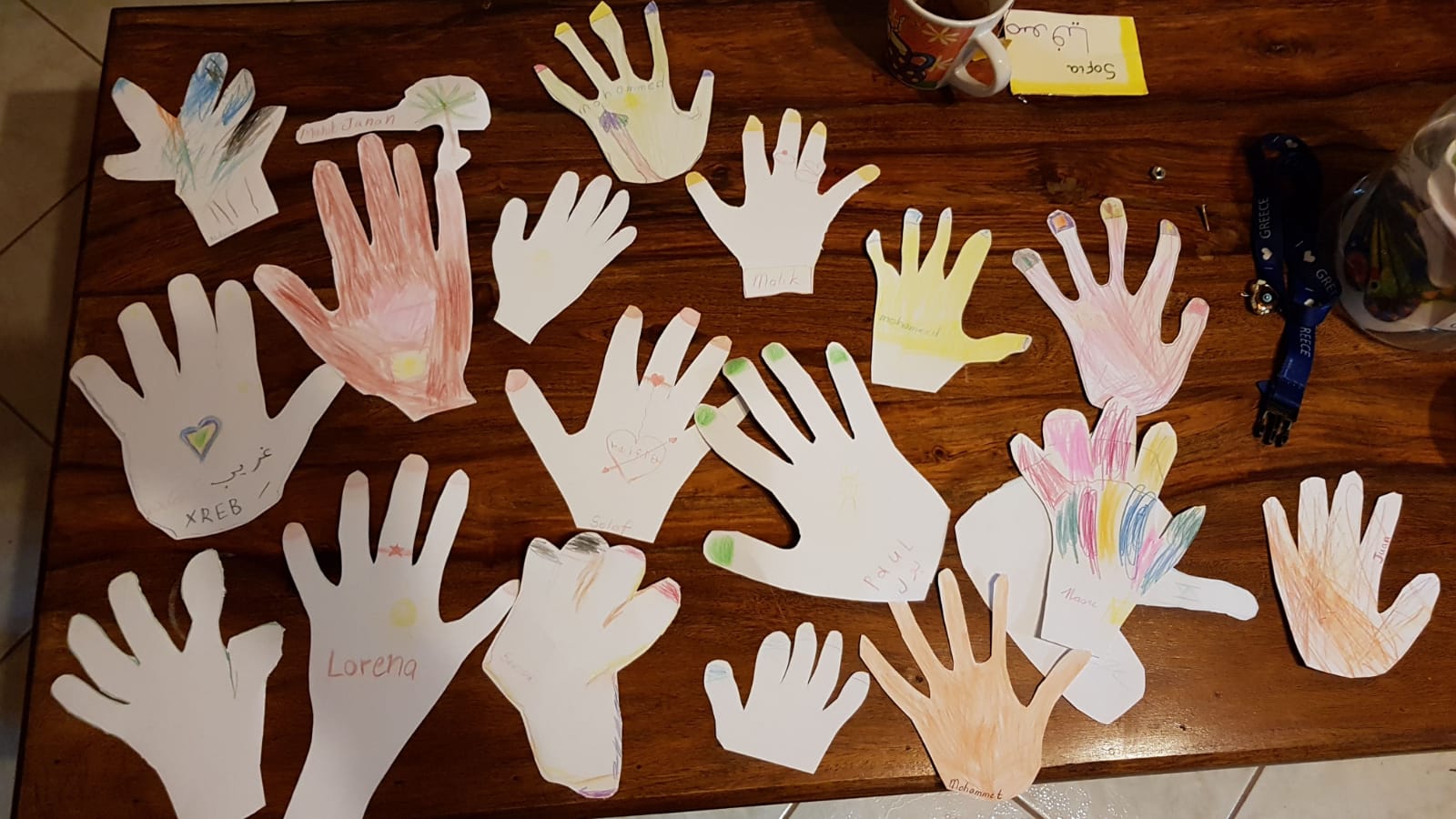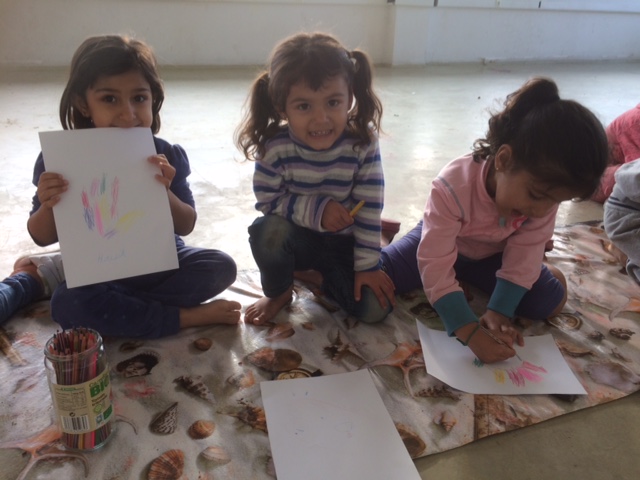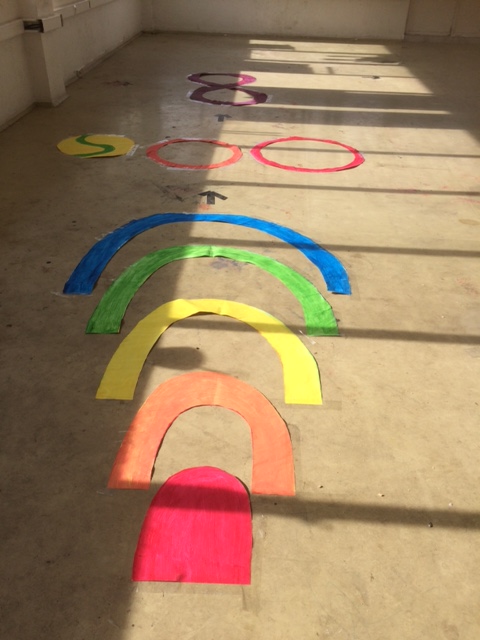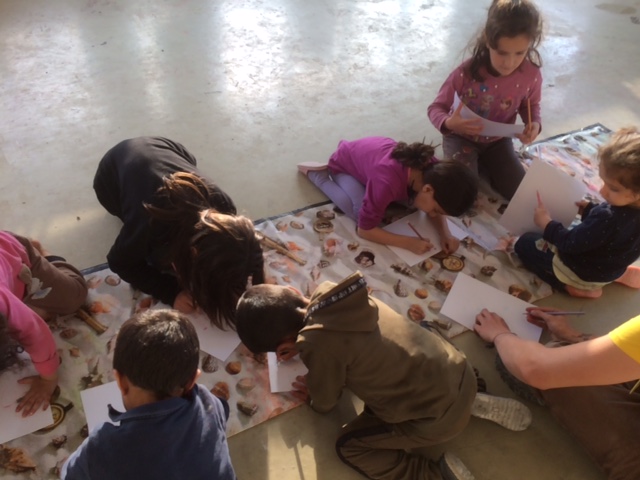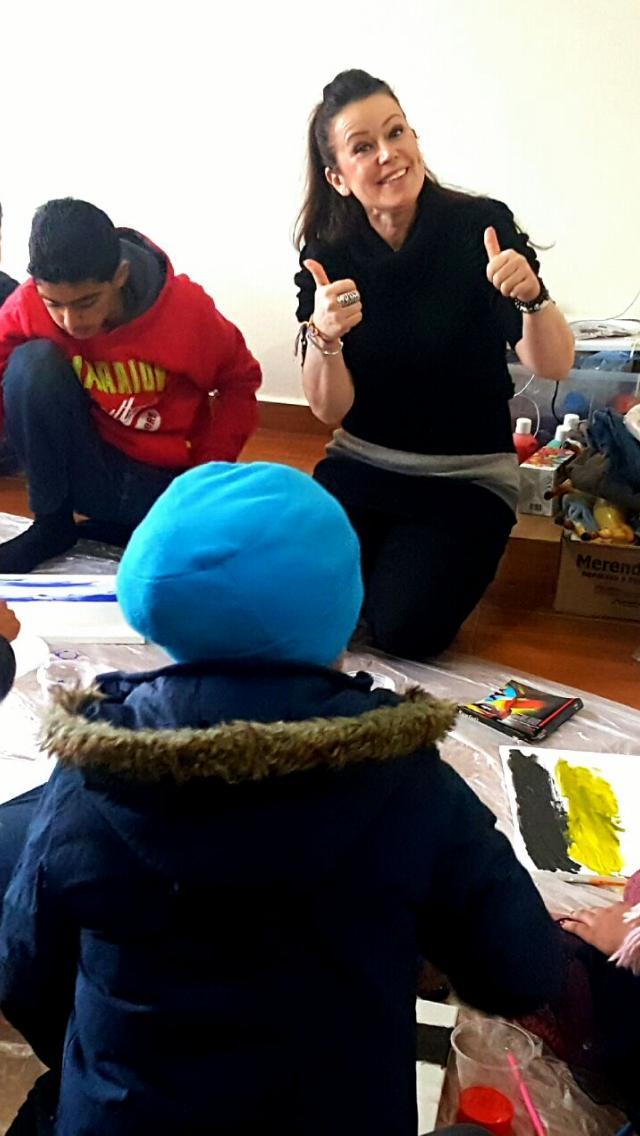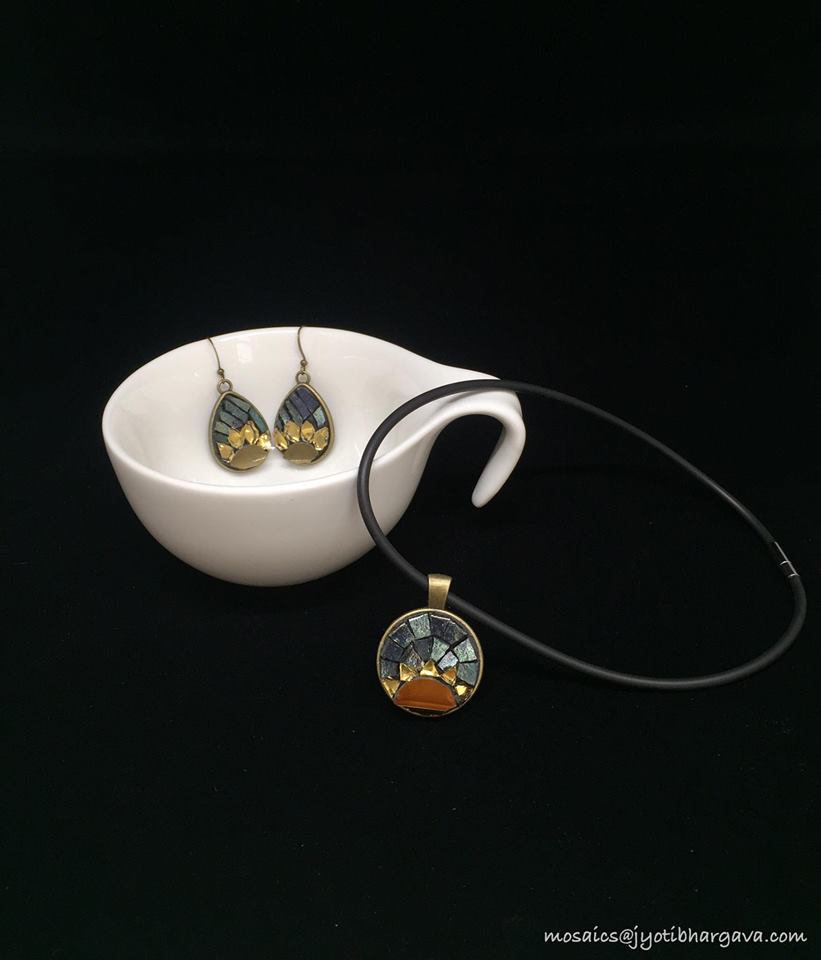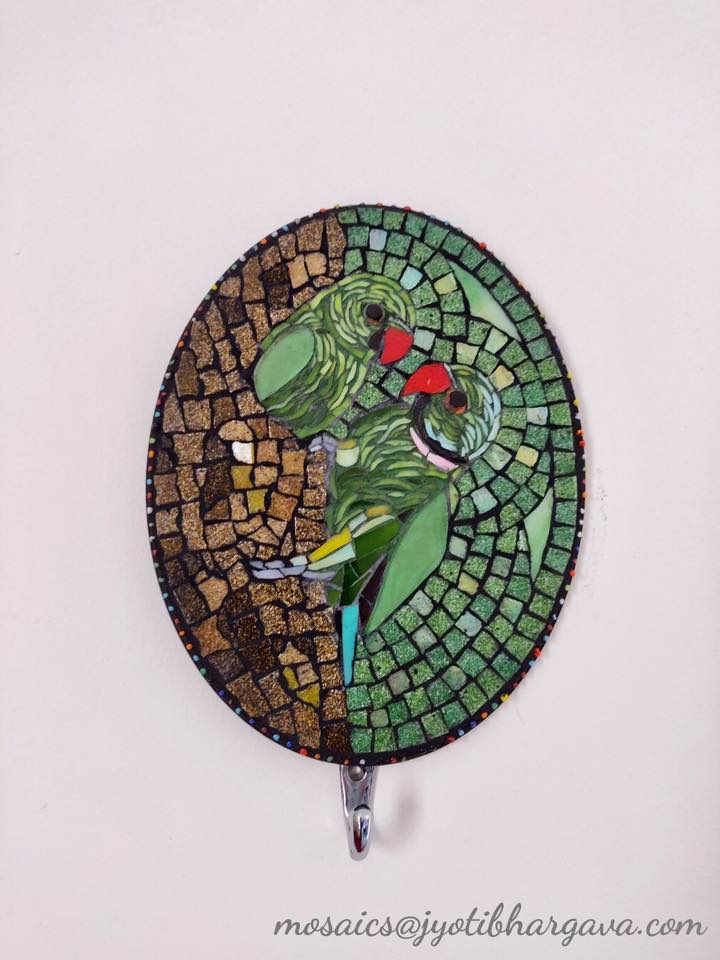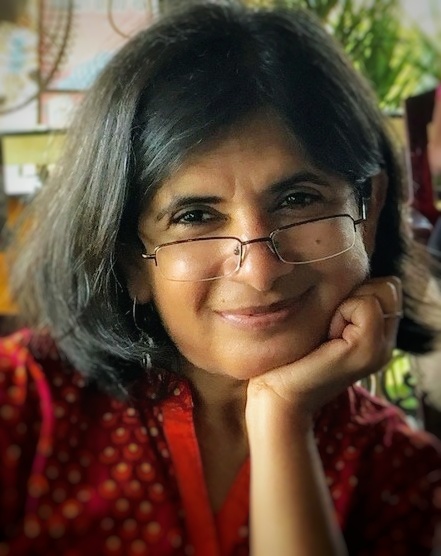I waited for the bus
But the bus just passed me by
I had the ticket in my hand
The schedule memorised
The destination isn’t clear
Just somewhere far away from here
Somewhere where I won’t be scared
Where my aloneness can be shared
I’m tired of staring at the wall
The words in books I can’t recall
My past times now so meaningless
Their joys? – diminished nothingness
I can’t remember who I am
Or friends I might have known
We’re all strangers in my brain
Silent shadows each alone
Time has somehow stopped for me
Invisible I can’t get free
I’ve become the living dead
Hopeless, all I feel is dread
The Present needs the Past and Future
To be real and not conjecture
Lost in timeless fantasy
I’m angry that I can’t find me
(Am I a lost article? –
Or a God Particle
In a quantum parallel
Not lost but doing rather well?)
I want my life to seem familiar
Not full of loneliness and terror
I want to love and laugh again
I want to live! – not just pretend
Why can’t destiny be kind
To my kaleidoscopic mind
Make my worries go away
Make the Past come out to play?
If I could just get on that bus
I think I’d sweep away the dust
So memories’ ghosts could reappear
In a clearer atmosphere
I know I’d ride and ride and ride
Till I remembered when I died
So I could finally find some peace
And my soul could be released
Into the endless sea
Or the burning sapphire sky
My heart a dancing wild balloon
Drifting towards eternity
A poem about dementia by Joan Foulks.
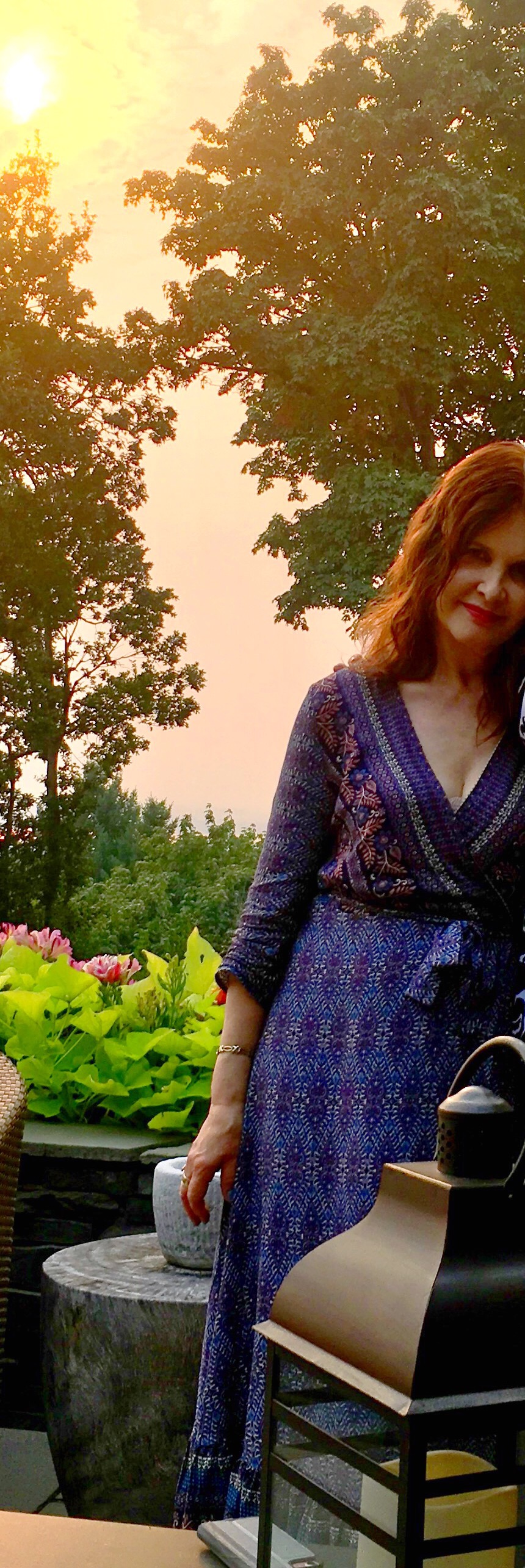
NPR broadcast a story about a senior care home in Dusseldorf where most of the residents needed only slight assistance, but there were also a significant number who suffered from dementia. Increasingly, some of these residents would walk outside the home and get lost. The Assisted Living Home did not want to have a ‘lock down’ situation, creating a prison atmosphere for those who were mentally and physically sound, but they were also worried about harm coming to those who needed a bit more attention. They thought and thought and then came up with the idea to build a bus stop, a fake one, a place that had the appearance of being a bus stop but where no buses would actually stop. This worked like a charm! The wanderers would gravitate towards the bus stop and sit endlessly, not marking the passage of time and patiently waiting for the bus that never came. The staff would make a point of checking the bus stop often, to collect their charges and bring them back inside.
It is human nature to want to discover, change surroundings, explore, no matter what the circumstances of ones life. I wrote this poem for my mother. Many of the phrases I used were said to me by her and her fellow companions at the care home where she spent the last three years of her life.
In memory of Margie who would have been 98 on the 29th of April.
